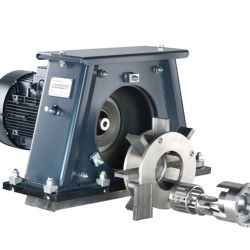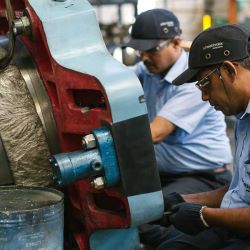Christian, welcome to the wonderful world of shot blasting. You've been working at the epicenter of wheel blast innovation since the beginning of the year. What is your mission as our global tester-in-chief?
CT: We’re part of the technology center “Wheel”, which is very effective at advancing the state of the art in our field. My mission is to further elevate this. In German, we have a corresponding term that means “state of the science” – as in “reflective of the latest scientific insights”. I want us to close the gap between the state of the art and that “state of the science”. Wheelabrator already represents the science of shot-blasting like nobody else. We have access to so many customer challenges and interesting fields of research. A lot is already happening today and Wheelabrator colleagues around the world are researching intensively. But for me there is always more to explore. Especially from a materials science perspective.



